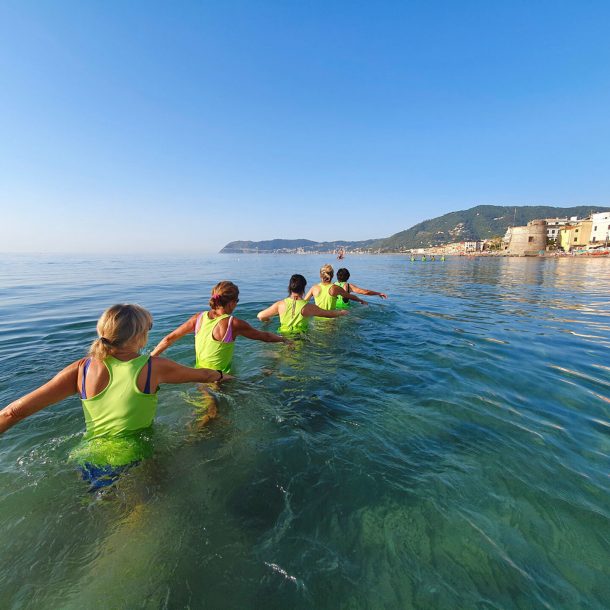
Close
Dal 1600 ai giorni nostri
“Alassio, dove pescano il corallo.” Così scriveva John Raymond nel 1646, forse ispirato da un marinaio locale. Non poteva immaginare il legame che si sarebbe creato, due secoli dopo, tra la sua Inghilterra e questo borgo ligure.
© 2025 Hotel Ligure – P.IVA 00839570090 – CITR 009001 – ALB – 0035 – CIN IT009001A1MUAEI720 – CreaCity – Privacy Policy Cookie Policy